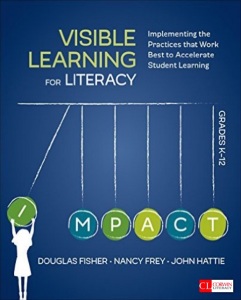 Visible Learning for Literacy is the newest book in John Hattie’s Visible Learning series. The authors John Hattie, Douglas Fisher and Nancy Frey focus on literacy in grades K-12. They explore how to implement the practices that work best to accelerate student learning.
Visible Learning for Literacy is the newest book in John Hattie’s Visible Learning series. The authors John Hattie, Douglas Fisher and Nancy Frey focus on literacy in grades K-12. They explore how to implement the practices that work best to accelerate student learning.
If you agree with the authors’ statement that “every student deserves a great teacher, not by chance, but by design”, then Visible Learning for Literacy is a good starting point for your next learning design decisions.
The book is based on John Hattie’s research. In more than 15 years he has synthesized over 800 meta-studies on learning and achievement and has identified instructional routines that have the biggest impact on student learning. Based on this evidence the authors discuss literacy learning and teaching.
(1) Surface and deep learning: How to use the right approach at the right time? How do you intentionally design classroom experiences that hit the surface, deep, and transfer phases of learning? When is a student ready to dive from surface to deep?
(2) Activities and routines: Which ones are most effective at specific phases of learning? Word sorts, concept mapping, close reading, annotating, discussion, formative assessment, feedback, collaborative learning, reciprocal teaching.
(3) Eight mind frames for teachers: How do they apply to curriculum planning? How can they inspire you to be a change agent in students’ lives? How to see visible teaching as a continual evaluation of one’s impact on student’s learning?
The authors think: “It’s time we embrace the evidence, and update our classrooms.” With this new Visible Learning book you can start the process right now!
Watch the webinar with Douglas Fisher and Nancy Frey
In this webinar Douglas Fisher and Nancy Frey introduce key concepts from their book “Visible Learning for Literacy“. Learn more on what works best for learning literacy, and more importantly, when it works. How can you use the effect size to determine your impact on student learning?
Table of Contents
Chapter 1. Laying the Groundwork for Visible Learning for Literacy
- The Evidence Base: Meta-Analyses, Effect Sizes
- Learning From What Works, Not Limited to Literacy: Teacher Credibility, Teacher–Student Relationships, Teacher Expectations
- General Literacy Learning Practices: Challenge, Self-Efficacy, Learning Intentions With Success Criteria
- Conclusion
Chapter 2. Surface Literacy Learning
- Why Surface Literacy Learning Is Essential
- Acquisition and Consolidation
- Acquisition of Literacy Learning Made Visible
- Leveraging Prior Knowledge
- Phonics Instruction and Direct Instruction in Context
- Vocabulary Instruction: Mnemonics, Word Cards, Modeling Word Solving. Word and Concept Sorts. Wide Reading
- Reading Comprehension Instruction in Context: Summarizing, Annotating Text, Note-Taking
- Consolidation of Literacy Learning Made Visible
- Rehearsal and Memorization Through Spaced Practice: Repeated Reading, Receiving Feedback, Collaborative Learning With Peers
- Conclusion
Chapter 3. Deep Literacy Learning
- Moving From Surface to Deep
- Deep Acquisition and Deep Consolidation
- Deep Acquisition of Literacy Learning Made Visible: Concept Mapping, Discussion and Questioning, Close Reading
- Deep Consolidation of Literacy Learning Made Visible: Metacognitive Strategies, Reciprocal Teaching, Feedback to the Learner
- Conclusion
Chapter 4. Teaching Literacy for Transfer
- Moving From Deep Learning to Transfer
- Types of Transfer: Near and Far
- The Paths for Transfer: Low-Road Hugging and High-Road Bridging
- Setting the Conditions for Transfer of Learning
- Teaching Students to Organize Conceptual Knowledge: Students Identify Analogies, Peer Tutoring, Reading Across Documents, Problem-Solving Teaching
- Teaching Students to Transform Conceptual Knowledge: Socratic Seminar, Extended Writing, Time to Investigate and Produce
- Conclusion
Chapter 5. Determining Impact
Responding When the Impact Is Insufficient, and Knowing What Does Not Work
- Determining Impact: Preassessment, Postassessment
- Responding When There Is Insufficient Impact: Response to Intervention, Screening, Quality Core Instruction, Progress Monitoring, Supplemental and Intensive Interventions
- Learning From What Doesn’t Work: Grade-Level Retention, Ability Grouping, Matching Learning Styles With Instruction, Test Prep, Homework
- Conclusion
Appendix
References
Index
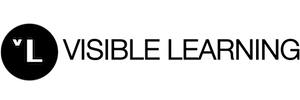
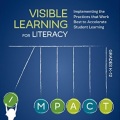
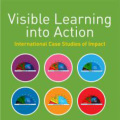
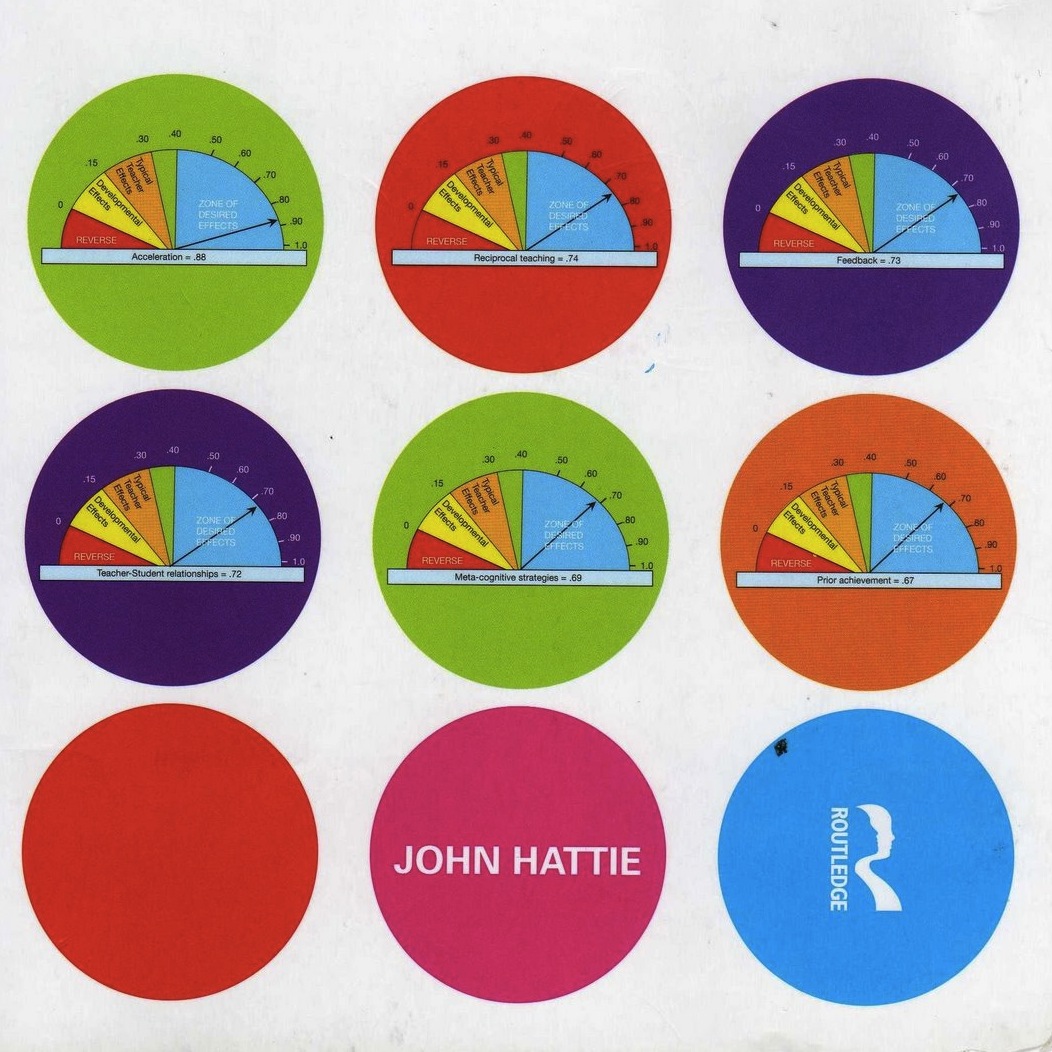
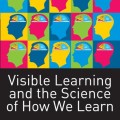

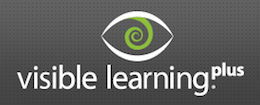
Can visible learning for literacy be applied in PDHPE?
It’s such an interesting topic . I loved the ideas of the book as they are already being applied in a national project in Egypt that is called ” teachers first “.
Are there any discussion questions available for this book? We are doing a PD group book study….